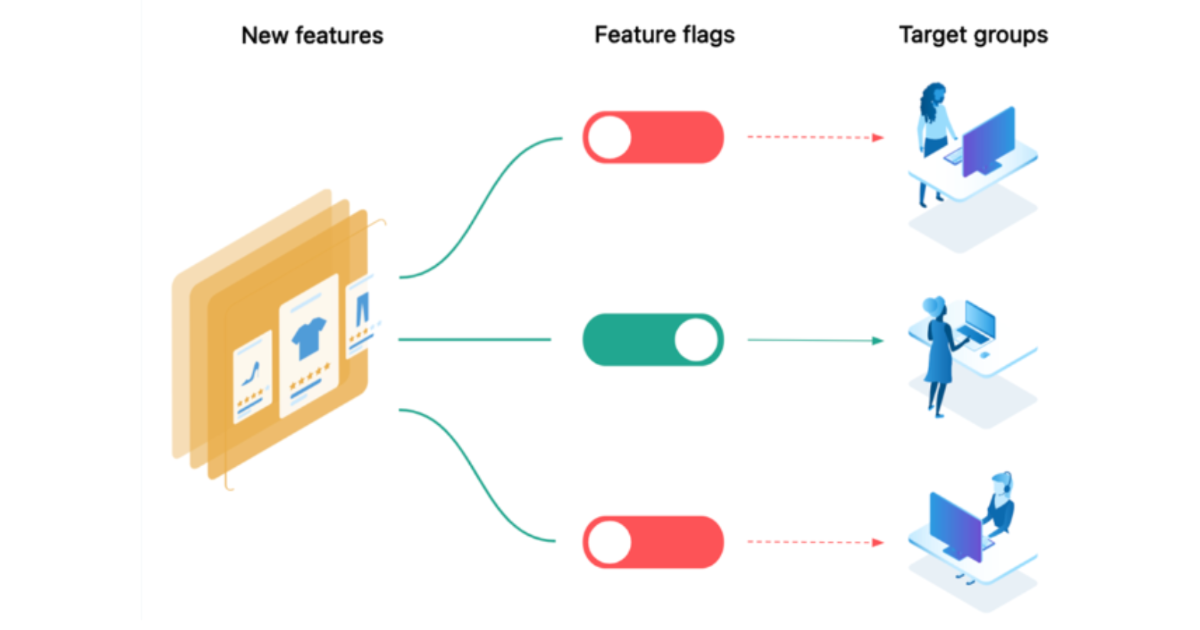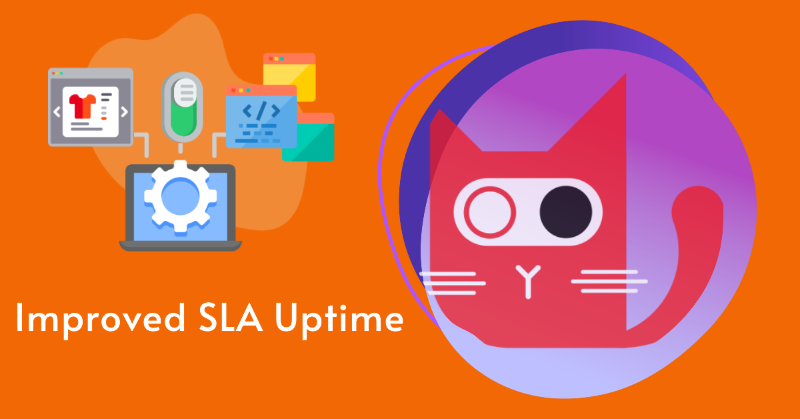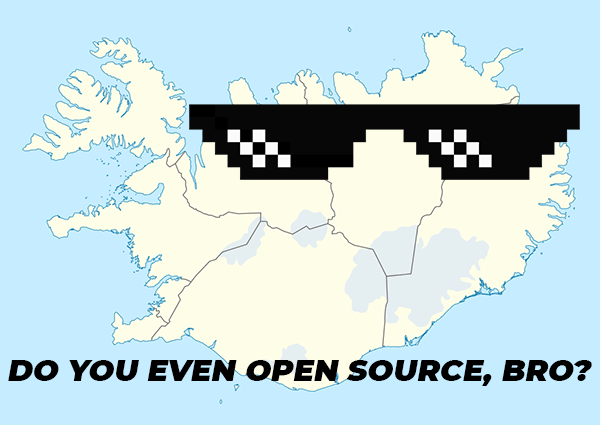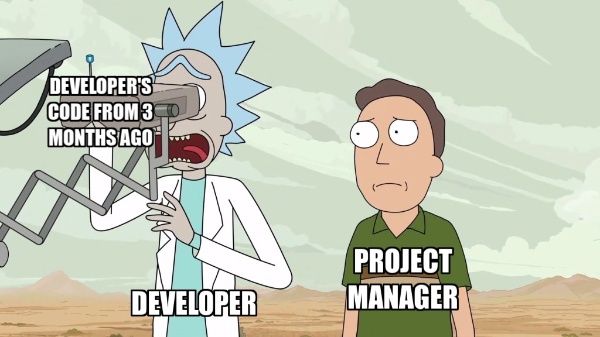Feature flagging is a powerful technique that allows remote teams to quickly and easily toggle features on and off in their codebase. With feature flags development, teams can deploy new code to production without immediately making it available to end users.
This can be especially useful for remote teams, as it allows them to deploy code safely and efficiently. That’s because remote teams may not have the same level of communication and coordination as they would in a co-located setting.
By using feature flags, remote teams can deploy new features and updates more frequently, without the risk of disrupting the user experience.
Let’s discuss what feature flagging actually means and how to get started with it.









